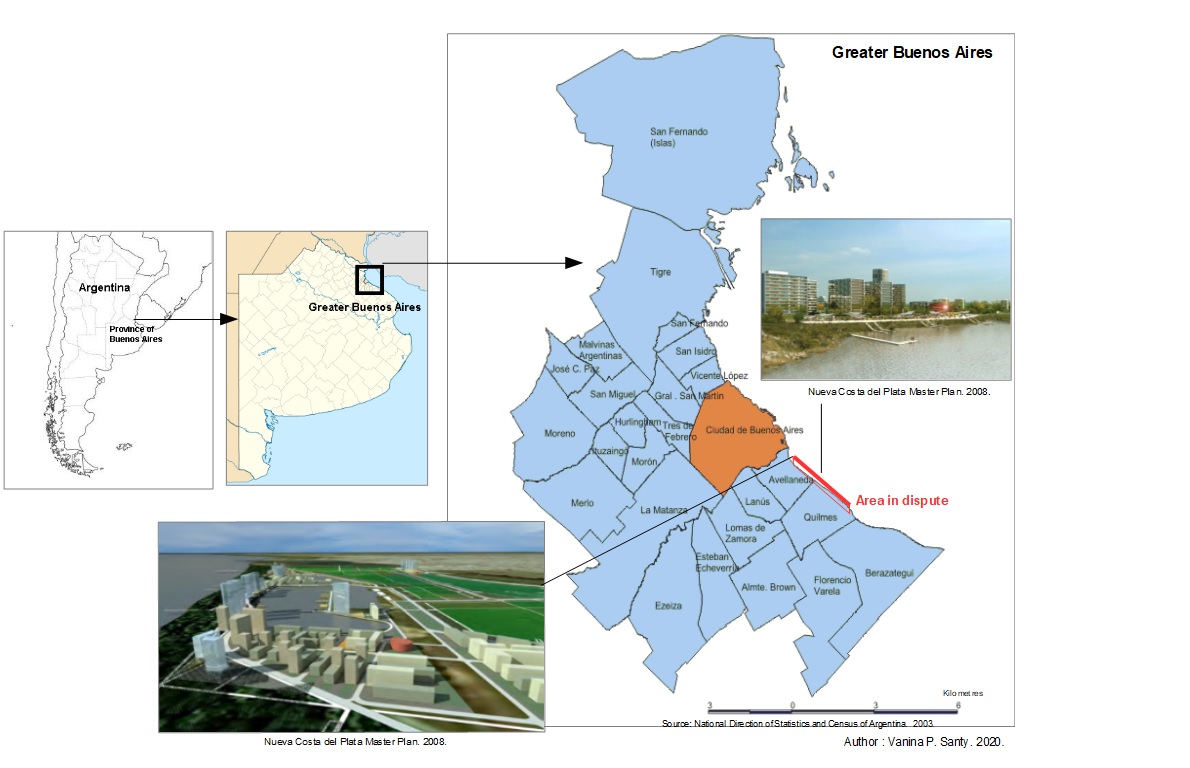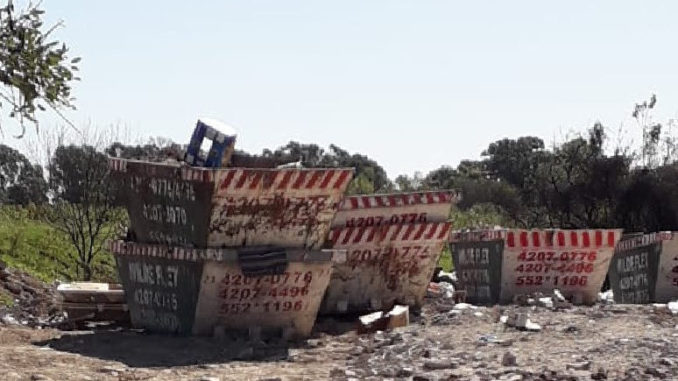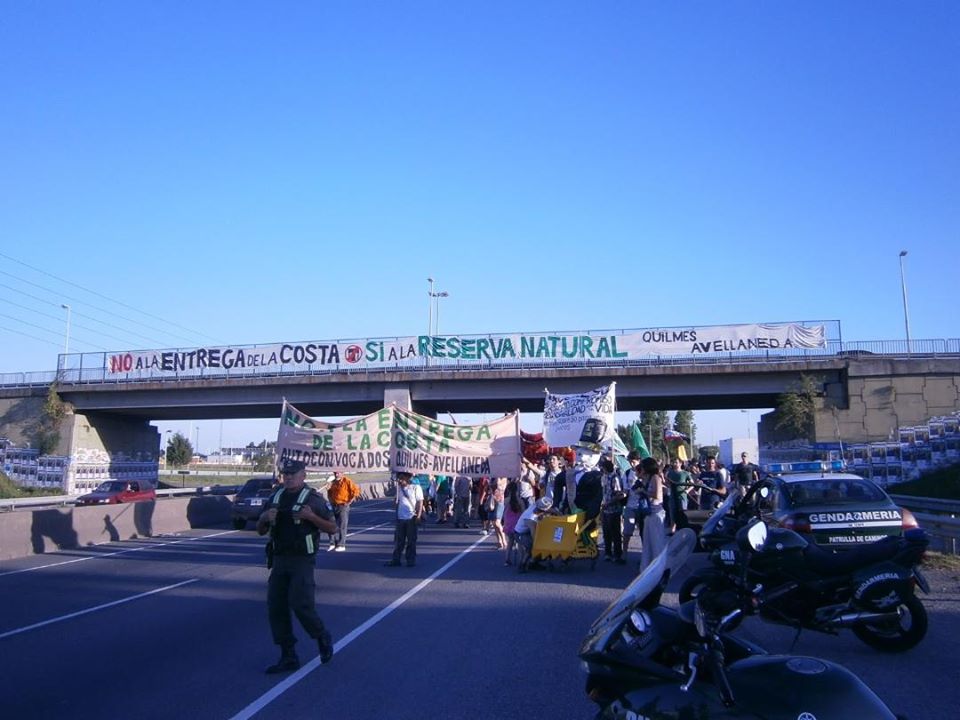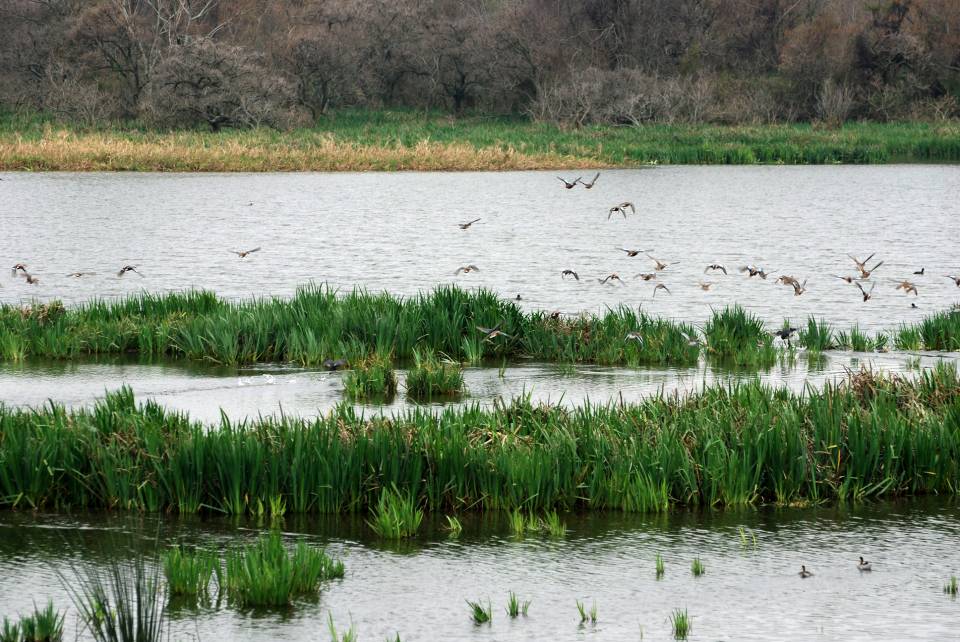By Vanina P. Santy.
The relation between urbanization, environmental degradation and public health demands a renewed debate, particularly in the present context of a pandemic. What are the impacts of the destruction of urban ecosystems on residents’ well-being? And how do social movements contribute to the visibility of this problem and the conservation of such places?
Across different regions of Latin America, the increasing emergence of conflicts over the production of urban space makes visible a particular logic in the public administration of the remaining nature reserves. It generally involves the disappearance of forests and wetland areas for the creation of new geographies that do not address local needs. Large investment projects and the urban densification of areas already highly-populated, bring about socio-environmental inequalities that result in the organization of collective mobilizations to oppose new land uses. These movements demand greater participation in the governance of urban commons in pursuit of more just and sustainable urbanization processes. This is the case in Argentina, with the intensive economic exploitation of river basins for real-estate purposes. Neighborhood assemblies have been the way in which inhabitants come together to defend urban ecosystems against this exploitation. They have done it in the name of a well-being conceived as interconnected to those spaces.
Private urbanism and the destruction of riverside ecosystems in Greater Buenos Aires
The phenomenon of private urbanism began almost 20 years ago with the creation of gated communities for high-income groups in peripheral northern territories. It has been characterized by the influence of market interests on public policies and decision-making structures in urban planning. Presently consolidated as a model of local development, it is the object of strong criticism from environmentalists and academic sectors for the spatial fragmentation, social segregation, and ecological imbalance it has caused. This type of real-estate ventures set foot in southern Greater Buenos Aires, the metropolitan area, almost a decade ago.

Map of Buenos Aires region and the area of Avellaneda-Quilmes where the conflict over a new urban development plan (NCP) is taking place. Source: Author
A great-scale proposal known as Nueva Costa del Plata (NCP) was publicly announced in 2008 for Avellaneda and Quilmes, two coastal and industrial districts with pressing problems of poverty and pollution. It was about the creation a new “open” city in lands with high-priority for conservation. The project was thought to spearhead a new territorial axis for the future of the region. It envisioned the commercial and tourist exploitation of a 60 kilometers shoreline that stretches from Avellaneda to Ensenada (located c. 40 minutes south from Berazategui). Promoted as the “the most important urban development in Latin America”, NCP proposed 3 new territorial conditions. First, it would emulate coastal revitalizations such as those of Rotterdam (the Netherlands), Helsinki (Finland), and Bilbao (Spain). The new spatial organization would replace and displace recreational activities, agricultural production, and a riverside way of life for over 100 families residing there. It would now host the type of corporate headquarters, financial and cultural services to be found in any global metropolis. The residential offer of over 40-storey towers was labeled as premium, with prices above the market and access to private facilities such as parks, golf courts, and marinas.
Second, it was governed through a private-public partnership that would be in charge of the project implementation through a consortium known as Southern Riverside. It comprised the state (in all its levels, from municipal to national); the owner of the lands, the global steelmaker corporation Techint Group; and the urban developers, Oficina Urbana. Third, NCP would incorporate native forest and wetlands into the urban fabric to make them liveable and developable, as they were, according to these actors, “empty spaces” with no place identity and no cultural references. Through this new territorial ordering, they would be used to foster modern life in society. However, for doing so, it was essential to change their legal status from protected areas to zones of special management for urbanization. This was done by the city council in Avellaneda in 2008, but its enactment is still pending in Quilmes.
The socio-environmental impacts of the NCP
The most contested points of the project have to do with cultural, legal, and environmental factors. The coastal space in Avellaneda and Quilmes is the object of an affective attachment linked to collective memory and a lifetime relationship with the La Plata River. Until 1969, it was the favorite place of inhabitants for social gathering and outdoor activities. It is linked to childhood and moments of happier times when they could still swim in the river which today is prohibited because of the high levels of pollution. The chronicle of the Avellaneda and Quilmes districts is very much embedded in the riverside too as the origin of residential and industrial settlement. The NCP project would completely destroy this relation to the territory.
Another key source of conflict has to do with the high levels of environmental contamination of the lands that would be converted into public spaces under NCP. Approximately 500 hectares were destined as a dump site for over 47 million tons of garbage coming from the city of Buenos Aires and other districts between 1978 and 2004. The methodology of disposal implemented caused dozens of deaths for the emission of benzene and poisonous gases. The pollution of soil and water is still a persistent problem impacting riverside inhabitants and neighboring localities with skin disease and breathing problems. The landfill was administered by Sanitation and Urbanization Limited Company (SyUSA), which was created by Techint Group to provide waste transfer and disposal services. When people learned about the urbanization proposal by this same company, they were concerned that the development of these lands would bring renewed pollution and health impacts related to the landfill.

Illegal dumps in the territory left by the landfill corporation (14-Apr-2020). Source: “No to the Handing Over of the Avellaneda-Quilmes Coast” Assembly.
In association with this, NCP has raised tensions with regard to the ownership of lands destined for the building of the city. As part of an agreement between SyUSA and the provincial government in the mid-1990s, state-owned lands were transferred to the company as a means of payment through non-transparent mechanisms widely considered as illegitimate. Since then, the population has been excluded from the river.
The most intense instances of the residents’ struggle have been in connection with the changes that the NCP might bring to this territory. It was only in 2018 when the developers (Oficina Urbana) submitted an environmental impact study of the project. Among the neighbors’ main objections to the conclusions of that study was the elevation of the river height by 4.88 meters and the filling of associated wetlands. This would alter the hydrological functioning of the area, causing flooding in nearby neighborhoods. The company did not specify with which techniques the wetlands filling would be carried out, so the way in which the urbanization will affect the population is considered unknown.
Neighbors’ assemblies and their agenda in defense of life
In the last decades, the environmental suffering of inhabitants due to the sanitary landfill has also found other sources of pollution. A petrochemical plant and industries in the districts generating hazardous waste have changed the residents’ risks. This has resulted in the adoption of everyday practices to cope with pollution: so people stopped going the riverside, drinking river water, and fishing. Moving out to healthier areas was the solution for many other families when they couldn’t continue living with pollution affecting their lives. These longstanding problems of pollution in the region have been addressed by neighborhood assemblies to visibilize the socioenvironmental impacts of the NCP project on the territory. In this sense, NCP triggered these social dynamics with assemblies pushing for an environmental agenda. For more than 10 years now, they’ve worked on two objectives. The first has been to raise environmental awareness among inhabitants and make the place known by organizing educational activities open for the communities. The second has been to produce knowledge on the ecological qualities of the riverside, through collaborations with allied scientists.

Protest against the NCP and for the protection of the nature reserve on the highway (2012). Source: “No to the Handing Over of the Avellaneda-Quilmes Coast” Assembly.
Between 2011 and 2013, the assemblies conducted a survey with biologists from the National University of La Plata to identify native flora and fauna. It traced correlations between similar ecosystems, showing that wetlands in Avellaneda and Quilmes were part of a biological corridor connected from north to south along the country through the Delta and Islands of Paraná River and Pampa. They also identified other benefits provided by the area. They conducted experiments to prove how certain floating plants contributed to the natural filtering of pollution and elaborated documents and reports on how some vegetation was vital for flood regulation. Thus, the quality of water would only be possible if the ecosystem remained untouched as it functioned in a close interaction with aquifers. As one of the leaders of the neighborhood assemblies: “it’s about health and life. Without water and without clean air we will not be able to survive” (Field notes, 2016).
The neighbors’ alternative to urbanization has consisted in complying with what the municipal legal framework already established, so that the coast remains a natural and public place. The assignment of responsibilities has been directed to local authorities: “the riverside in the district of Quilmes can be responsibly managed if the text of the municipal ordinance is complied with instead of repealing it, and if the participatory processes that constitute for the community a legitimate constitutional right are properly implemented” (Public statement made in a press release issued by neighbors’ assemblies, local, and regional associations on 11/12/2012).
The significance of natural reserves for human development and well-being is already stated in and guaranteed by local ordinances (n° 8.255 / 96, n° 9.348 / 02, and n° 9.508 / 03). Based on these arguments, neighbors requested the prioritization of the social dimension when planning new urban centers:
“To continue considering real-estate projects as solutions, at this point, is part of the problems we have to solve, an addition of legal, social, ecological, territorial, and cultural uncertainties that we are on time to foresee. Hydraulic works to be implemented in the construction of the city to avoid flooding -without the existence of green spaces- are of little use for us […] it’s the municipal and provincial authorities who place business above human life […]” (Pronouncement of the “No to the Hand Over of the Coast” Assembly on the causes of flooding in the district, 11/2/2014).

Wetlands in the Avellaneda-Quilmes river banks. Source: Oficina Urbana.
Thus, neighbors associations show that the riverside constitutes a non-negotiable public heritage endowed with common properties that cannot be attributed to individual parties: it belongs to everybody and must be protected not only for present, but also for future generations. What is at stake is not only the expression of different interests or different forms of nature appropriation, it is rather a way of relating to and depending on this particular territory as a source of life.
The macro context of climate change stresses the importance of nature in the city, which takes on another meaning at the time of writing these lines in the midst of a pandemic and a mandatory quarantine. The historical reasoning of local communities with respect to their natural environment should be heard in order to capitalize local knowledge on what is there and how those places can be lived without destroying them. The democratic procedures that incorporate public opinion to the analysis of great-scale projects deserve a special mention. In Argentina they are not binding, or compulsory by law, so in case of social rejection the government has the last decision. It has prevented people from having an influence on policies that affected them. The generation of disruptions in ecosystems by means of urbanization along with large populations concentrated in limited urban spaces must be rethought in terms of public health. The costs of development become invaluable when living conditions are endangered.
—
Vanina P. Santy is a PhD candidate at the Université Libre de Bruxelles, Belgium. As an anthropologist, she has specialized in political ecology in Latin America. She holds a Master’s Degree in Social and Political Anthropology from the Latin American Faculty of Social Sciences (FLACSO), Argentina.
Top picture: Neighborhood assemblies for natural areas in the city (1-Sept-2019). Source: “No to the Hand Over of the Coast” Assembly






